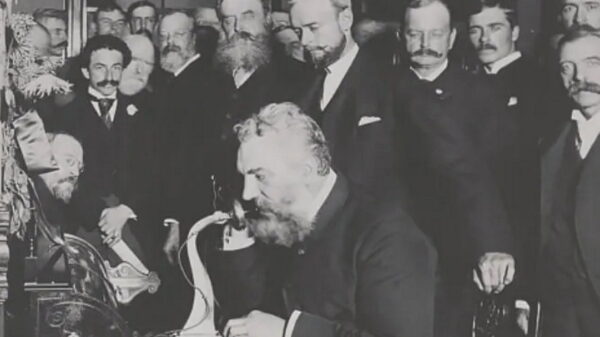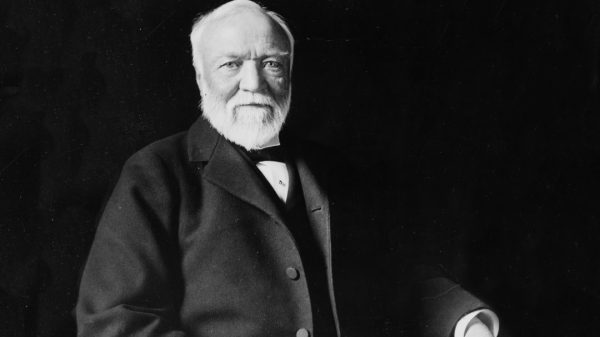In the book “The Innovator’s Dilemma: When New Technologies Cause Great Firms to Fail”, the late Clayton Christensen explores how a company can do everything right and still fail. The following is a summary of the book by Tyler DeVries.
The Innovator’s Dilemma tries to answer why successful companies often falter when confronted with disruptive changes in technology or market structure. Best business practices – like benchmarking the competition, investing in new technologies, and listening to the customer – can become stumbling blocks. Christensen’s book provides a strategic framework for any company that desires to avoid becoming obsolete in today’s innovative and fast-paced economy.
5 Key Takeaways:
- Disruptive technology is usually built around proven technologies put together into a novel product architecture that offers the customer a new set of attributes never before available.
- A technology has the potential to be disruptive if the trajectory of improvement is steep enough to intersect the demand of the mainstream market.
- Disruptive technology is not attractive to the mainstream customer because it is not an incremental improvement. It will only be successful in the beginning with a niche market that values the new technology.
- Big companies fail to adapt, not because of a lack of resources, but because their processes and values get in the way of developing small margin opportunities.
- Managers must align resources and incentives to encourage small scale innovation, tolerate failure, and go after new markets.
How Can Great Firms Fail? Insights from the Hard Disk Drive Industry:Tyler DeVries
- The established firms were the leading innovators in every sustaining innovation in the industry’s history.
- The industry leaders did not fail because they became passive, arrogant, or risk-averse.
- Disruptive innovations were technologically straightforward.
- The purpose of advanced technology development in the industry was always to sustain established trajectories of performance improvement.
- Leading firms lack downward vision and mobility. They are held captive by their customers.



















